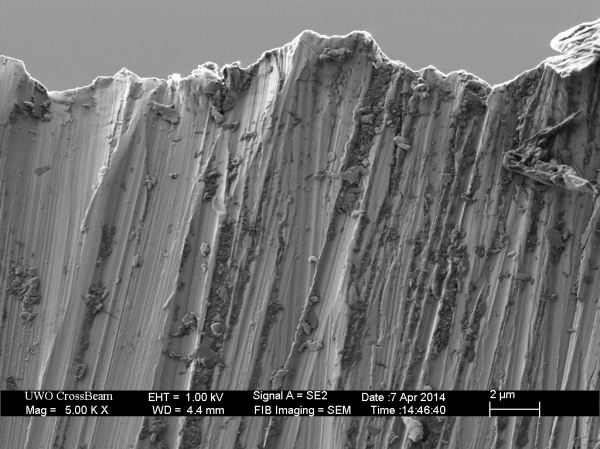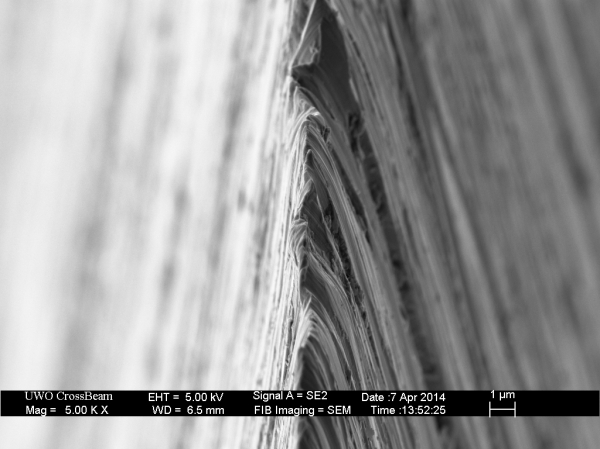- Joined
- Jan 13, 2013
- Messages
- 1,510
- Reaction score
- 8
I'm curious as to what stone people use for this.
For me, I have fallen in love with Jon's Takashima Awasedo and use it as the last stone for all my sharpening sessions. I just love the edge it gives... (Although I wish he would sell a baseless model...)
TIA
For me, I have fallen in love with Jon's Takashima Awasedo and use it as the last stone for all my sharpening sessions. I just love the edge it gives... (Although I wish he would sell a baseless model...)
TIA






